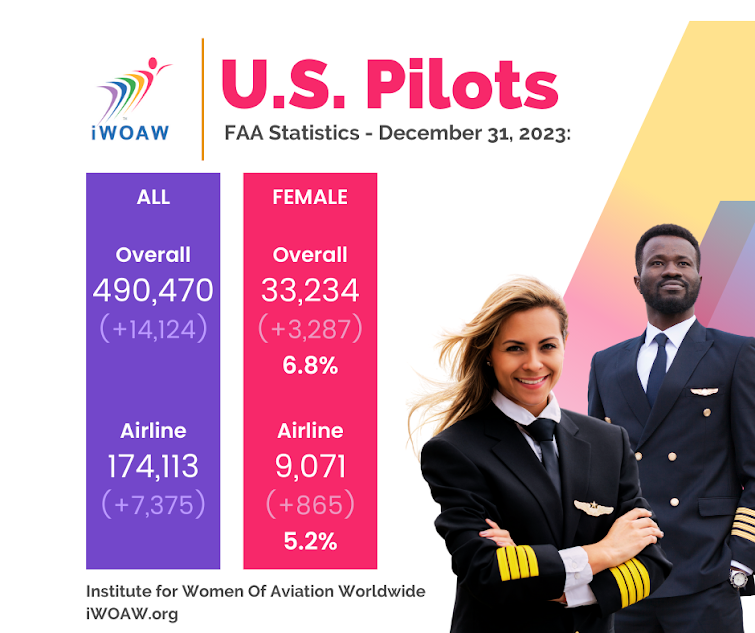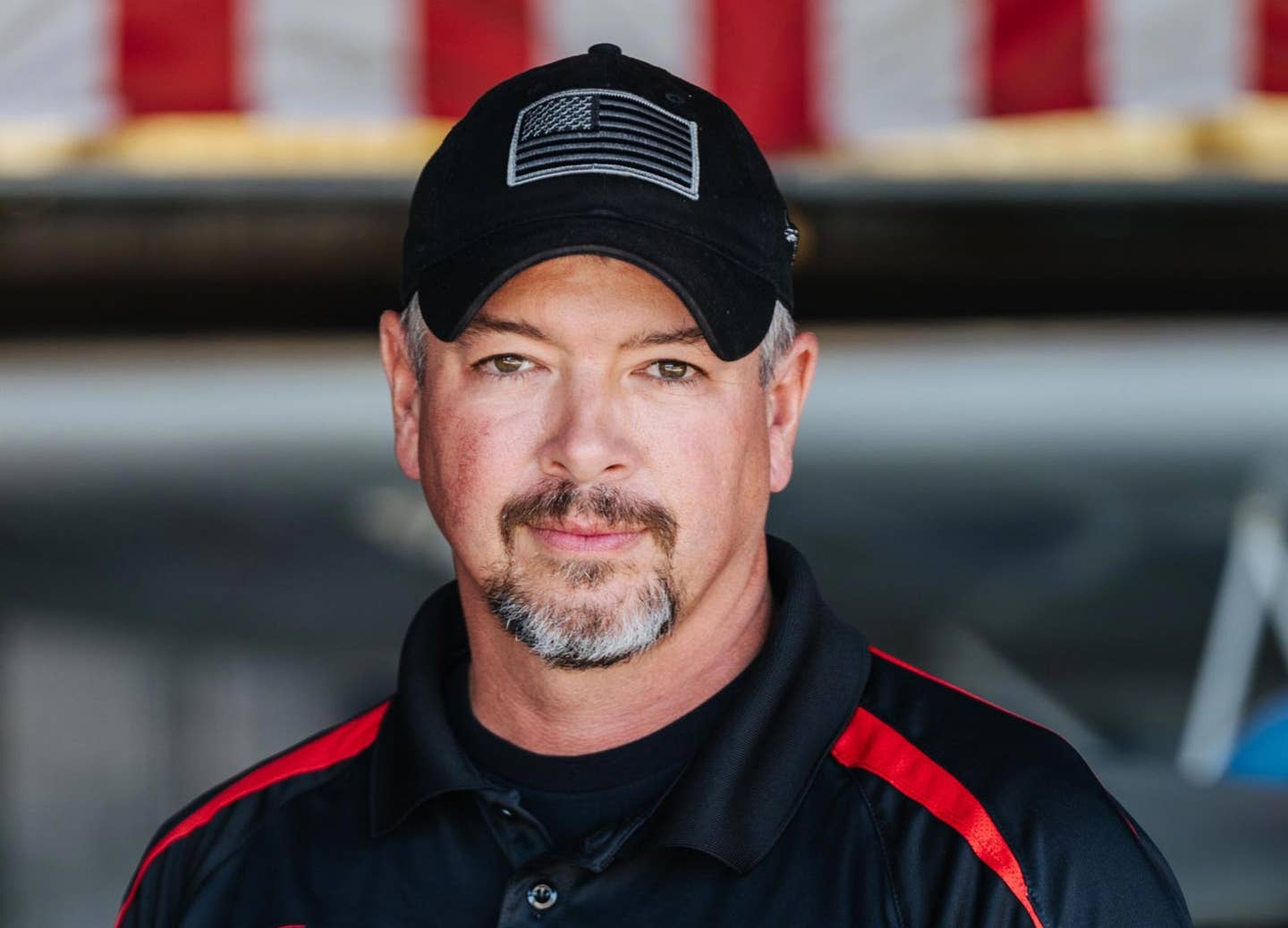Student Pilot Totals Increase, Female Participation Up
“The FAA issued 69,503 new student pilot certificates in 2023, up 13,334 over the previous year.” Statistics released by the FAA to coincide with International Women’s Day continued to show…

“The FAA issued 69,503 new student pilot certificates in 2023, up 13,334 over the previous year.” Statistics released by the FAA to coincide with International Women's Day continued to show incremental growth in interest in aviation, with at least 7,102 women taking the first step compared with 5,566 in 2022, according to the stats. The stats also revealed that both sexes are taking it up ever later in life, with the average age of all student pilots going up to 35.2 in 2023 compared to 35.1 the previous year. It continues a trend that started in 2010 when the average student age was 31.4. It should be noted that student pilot stats must be considered separately from certificated numbers because the FAA stopped expiring student pilot permits in 2016 and because many don't cancel them when they leave flying without gaining a certificate.
Meanwhile the total number of certificated pilots in the U.S. increased by 14,124 to 490,470 and 3,287 of those were women, accounting for 6.8 percent of the total pilot population. Of that total, 174,113 active ATPs were listed (up 7,375) and 9,071 female ATPs were counted (up 865) meaning 5.2 percent of ATPs are women. All pilot categories showed at least some increase in numbers over the year except for the recreational certificate. Only 71 recreational certificates were issued in 2023, down from 79 in 2022. There were 220 recreational certificates issued in 2014.






